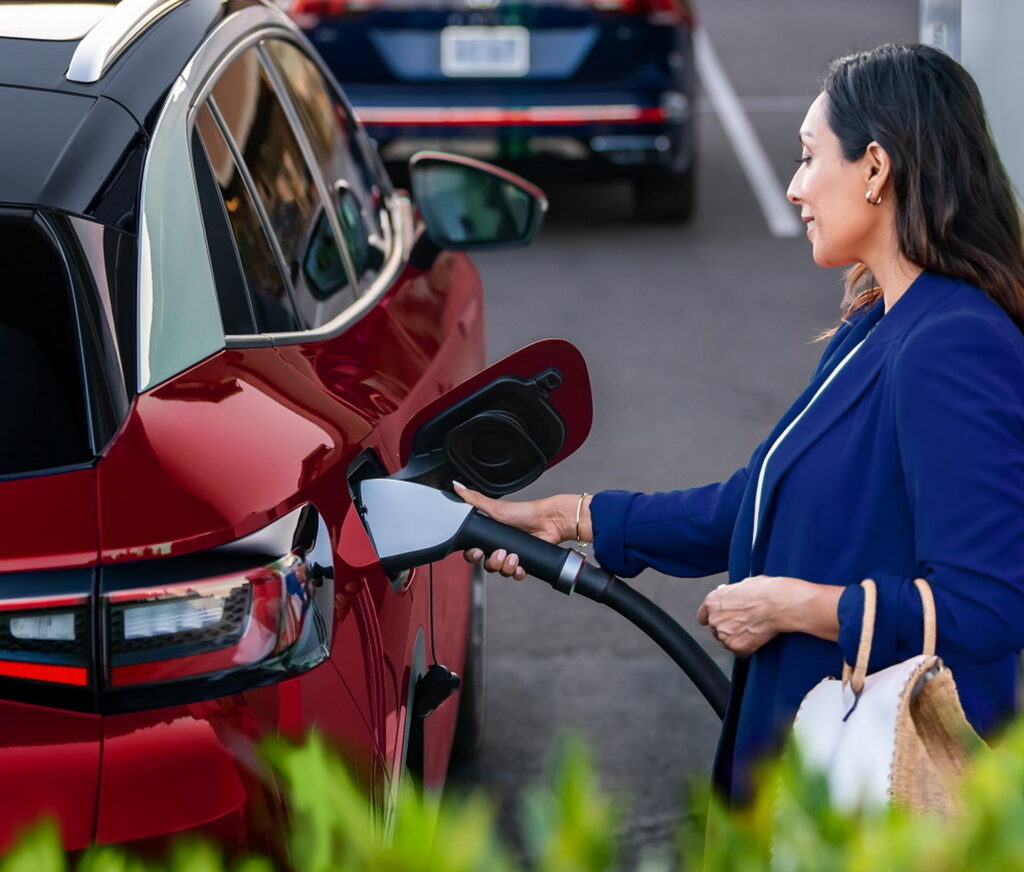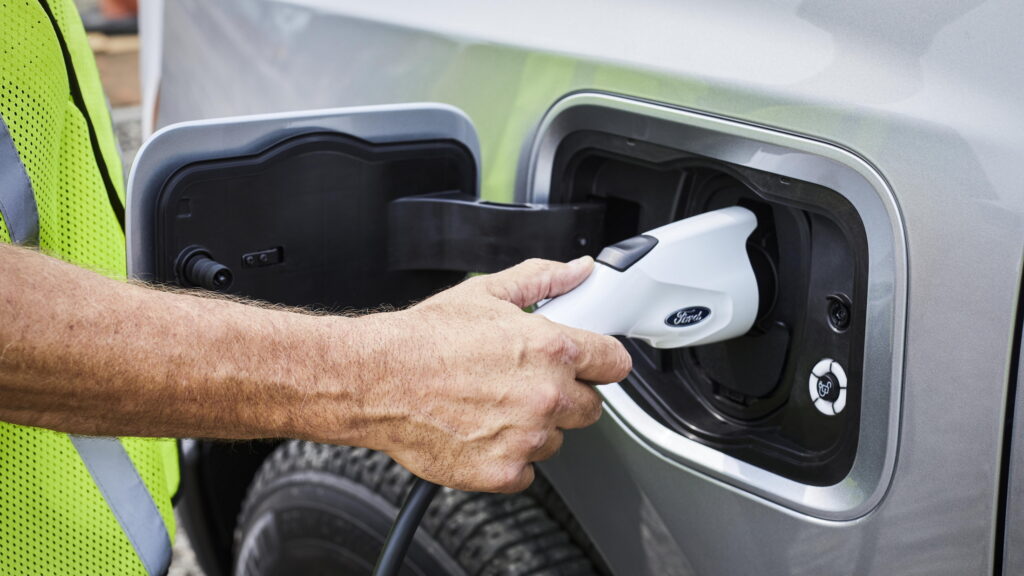The U.S. is likely to reach, or even exceed, its goal of building a nationwide network of 500,000 charging stations by 2030, according to a White House official. The goal was initially set by President Joe Biden in 2021.
The United States ended 2023 with around 170,000 chargers in operation, according to Ali Zaidi, the White House’s national climate adviser. Speaking at a press briefing, he said that the country is on an “accelerating trajectory” to meet Biden’s goal by the end of the decade.
The announcement came as the administration announced $623 million in grants for new EV chargers, reports Autonews. They will fund 47 projects in 22 states and Puerto Rico, and will fund the construction of around 7,500 EV charging ports.
Read: U.S. Senate Overturns Biden’s ‘Buy America’ Waiver For EV Chargers

Nearly half of the $623 million in grants will go to funding 36 community projects in urban and rural areas. The chargers will be installed in areas like schools, parks, and libraries. The other half will go towards “corridor” projects along highways. More than 70 percent of the money will support infrastructure in disadvantaged communities.
“This is just one part of the puzzle,” said U.S. Transportation Secretary Pete Buttigieg. “But thanks to President Biden’s leadership and the infrastructure law, we have funding for tens of thousands more [chargers], as part of a larger national policy and national effort.”
Indeed, studies suggests that the full EV puzzle is quite large. The National Renewable Energy Laboratory found that the U.S. will need a total of 28 million charging ports to support a scenario in which 33 million EVs are on the road in 2030.
To install that many public charging locations, a total of as much as $55 billion would have to be spent by the government and the private sector. The Biden administration has so far promised just $5 billion in grants for charging infrastructure.





